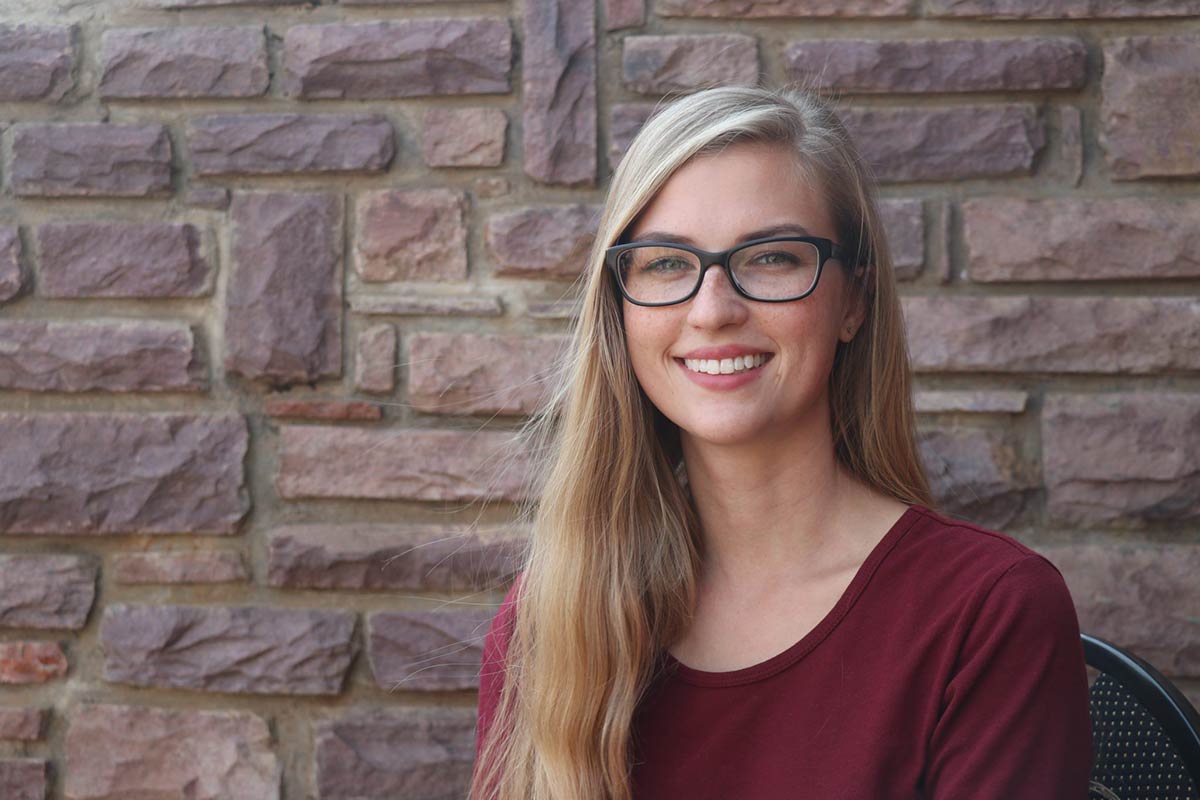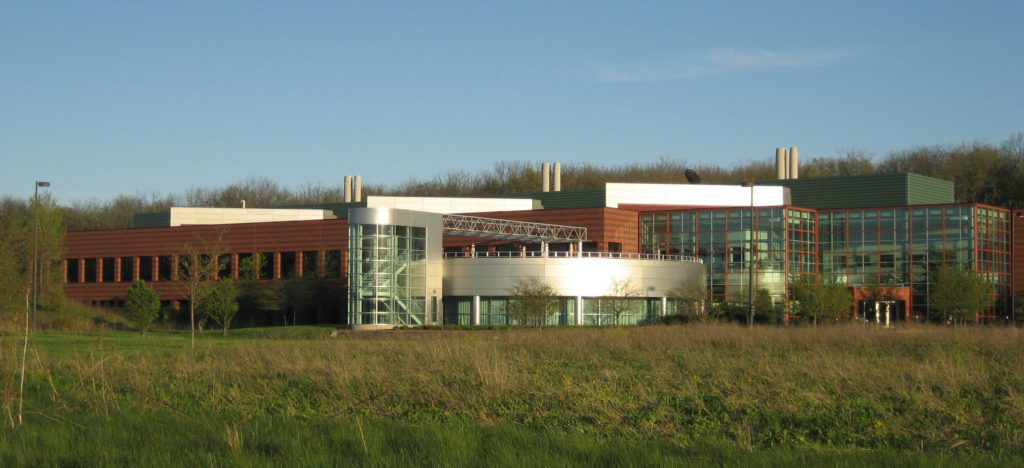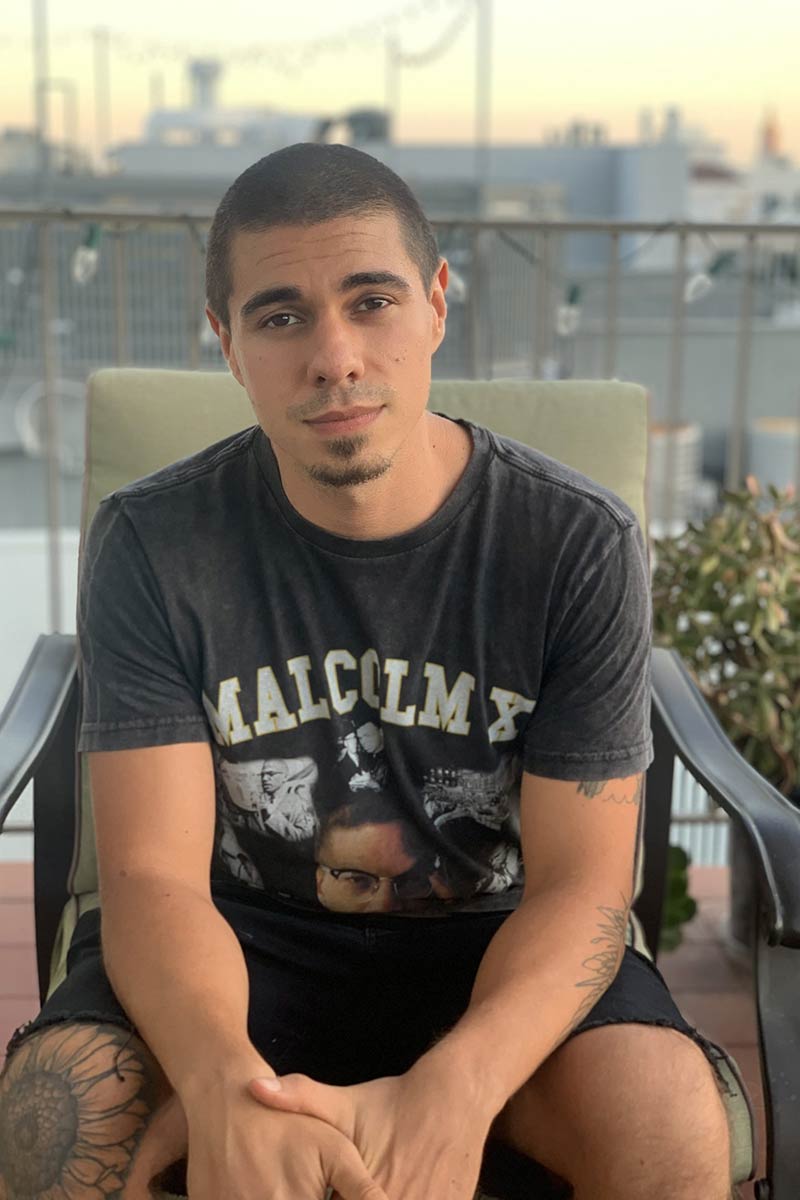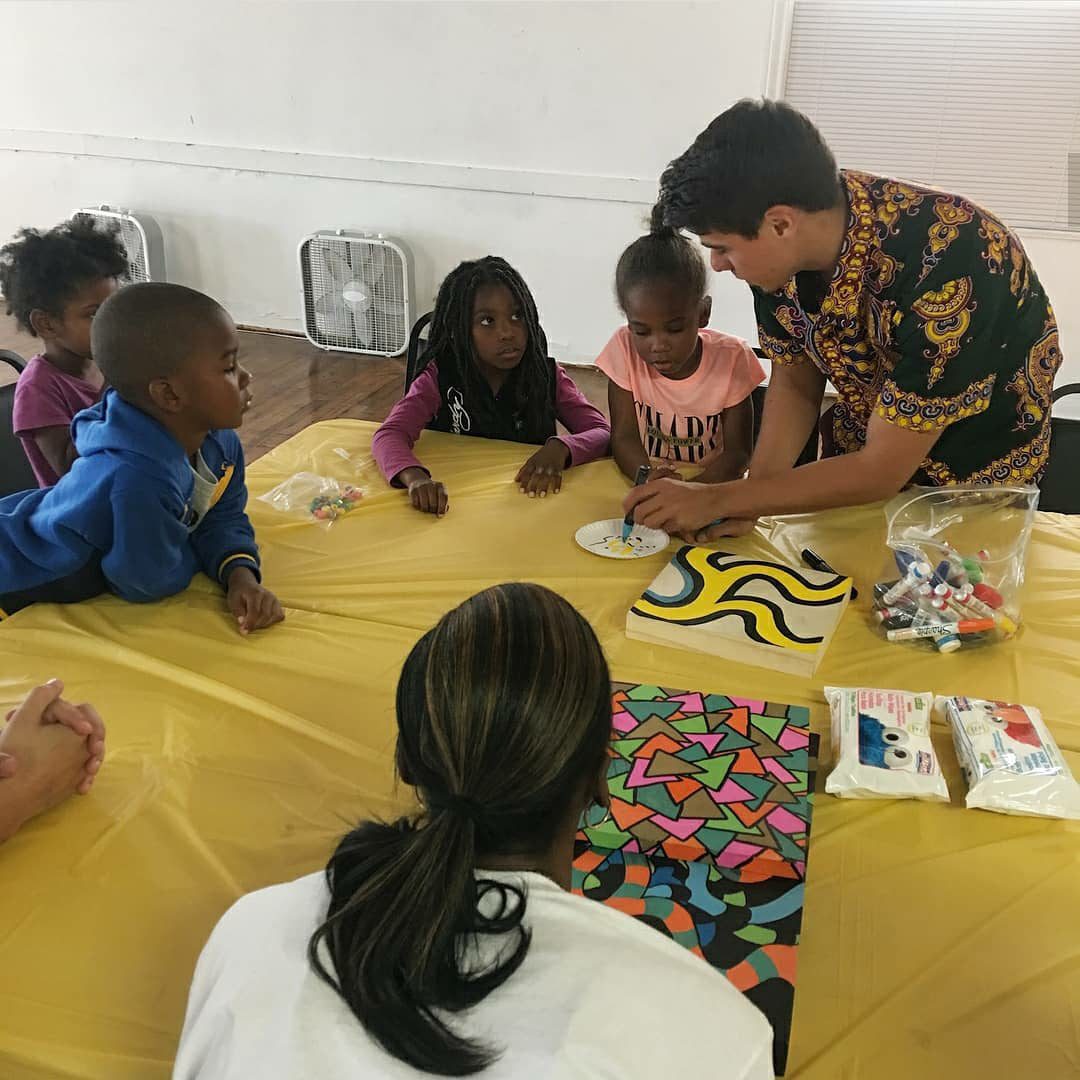Like many summer activities, STEAM Camp went virtual this year!
Strang worked with Urban League of Greater Madison to move the camp to a four-day online experience for campers. Aiming to raise awareness toward careers in Science, Technology, Engineering, Arts, and Math, campers got the opportunity to learn about these educational pathways from members of the Madison community.
When Randy Banks, VP of Community Engagement, started STEAM Camp four years ago he couldn’t have predicted how this one simple idea would impact the lives of over 200 students in the Madison/Milwaukee region. We want to thank Randy, Kathy Williams, Urban League of Greater Madison, Girl Scouts of Wisconsin – Badgerland Council, Ho-Chunk Nation, and Big Brothers Big Sisters of Dane County for all their support in carrying out this event.
DAY 1:
Our wonderful volunteers from the UW-Madison BioTechology Center and the BioPharmaceutical Technology Center Institute gave insightful workshops to students. Students were able to do a science experiment at home and learn about outer space.
DAY 2:
Students learned from the presenters at Gear Learning, American Family Insurance DreamBank-MSN, PerBlue, RedFox AI all about voice activation using the Alexa Skills Kit. They also taught students about video game design. Students received an Echo Dots as part of their supply kit, so they can test out these new skills for themselves.
DAY 3:
Students learned about financial literacy from Old National Bank and sustainability/energy sources from Madison Gas and Electric.
DAY 4:
Presenters from local artists and performers from Madison Public Library, Overture Center for the Arts, Madison Youth Choirs, and Madison Ballet taught students about the history and value of the visual arts.
Thank you to our to all our presenters. It was great to hear you share your stories and experiences, even as it was all from behind a screen.
FULL STEAM AHEAD FOR NEXT YEAR!
READ INTERVIEWS FROM OUR PRESENTERS:
Aidan Holmes from the BioPharmaceutical Technology Center (BTC) Institute answers some questions about the importance of STEAM camp, her role as a presenter, and the work that she does.

1. WHY IS IT IMPORTANT TO BE PART OF PROGRAMS LIKE STEAM CAMP AS A PRESENTER?
Having a variety of presenters and partnering organizations exposes students to the possible futures in STEAM. It is important for organizations to take part in building the STEAM pipeline that will create our future workforce.
2. WHY IS STEAM CAMP IMPORTANT FOR KIDS?
Programs like STEAM Camp get students excited about learning and future careers by having them take part in many different experiences.
3. WHY DID YOU CHOOSE YOUR PROGRAMMING FOR STEAM CAMP? AND WHY?
For STEAM camp this year, we wanted to emphasize that science doesn’t occur in isolation from the other sectors covered, like engineering and math. We also wanted to give participants the opportunity to move around and get outside as well, given that our format would be virtual. We discussed the size and scale of our universe from the nanoscopic to galactic levels, covering molecules to Mars! We sent our participants light-related materials to explore indoors and outdoors, showed video clips of professionals at NASA, and walked them through a Rover game modeled after the Mars 2020 launch which occurred the week before STEAM Camp. We wanted to show what happens behind the scenes to make a launch that you see on TV possible. There are so many opportunities to get involved in science!
4. TALK ABOUT YOUR WORK, WHAT DO YOU DO?
At the BTC Institute, we partner with many different organizations to offer biotechnology learning opportunities to learners of all ages. Two examples include the Biotechnology Field Trips Program that serves around 3,000 middle and high school students through Wisconsin and neighboring states. We also provide a summer science program in partnership with the African American Ethnic Academy: A Celebration of Life. This is a summer science program for upper elementary and middle school students to develop knowledge and abilities associated with scientific investigations in field and laboratory settings.
5. HAVE YOU WORKED WITH STEAM CAMP BEFORE?
We have hosted STEAM Camp at the BTC Institute previously. Students got to do two hands-on lab activities, one making bacteria glow and one featuring electrophoresis – a technique used to analyze DNA.
6. HOW HAS YOUR UPBRINGING INFLUENCED YOUR WORK?
Inspiring teachers and parents who love learning create young people who go on to share their love of STEAM.
7. WHAT IS THE IDEAL STEAM CAMP PROGRAMMING YOU WOULD WANT IF YOU WERE A KID?
HANDS-ON!

BIOPHARMACEUTICAL TECHNOLOGY CENTER
Strang designed the BioPharmaceutical Technology Center (BTC) in 2009. Home to the BTC Institute, this is a state-of-the-art facility designed to meet the expanding office, manufacturing, research and development needs of Promega Corporation, it’s primary sponsor. The facility is one of the first of its kind in the United States to allow contract manufacturing of biological products; it also meets FDA Good Manufacturing Practices and ISO 9000 design criteria. These laboratories accommodate various production methods including protein refolding, large-scale cell biology, organic synthesis and electromagnetic separations.
 1. WHY IS IT IMPORTANT TO BE PART OF PROGRAMS LIKE STEAM CAMP AS A PRESENTER?
Representation matters! I grew up in Madison participating in programs just like STEAM Camp and I really owe a lot to them for setting me on the right path before I even knew I needed it. Now is my chance to reach back and make sure that path stays open for the next generation.
2. WHY IS STEAM CAMP IMPORTANT FOR KIDS?
Many children, particularly Black and Brown children, don’t know about STEAM career options or even how to get started on that track. STEAM Camp offers the structure so that those who choose to open the door can get started on their journey. It’s also a great time to try new paths out. I participated in a science internship in high school that showed me I don’t have the data-driven mindset for hard science, but it set me down a different track where I get to incorporate applied science concepts into the art that I make every day.
3. WHY DID YOU CHOOSE YOUR PROGRAMMING FOR STEAM CAMP? AND WHY?
I think the Old English Lettering workshop is a great way to teach kids some practical art-making skills while allowing them the space to digest some of what’s been going on with global social justice movements this summer. Kids want to have these conversations and I think it’s important to host a formal space where they can share their feelings. Art as a platform allows people to discuss topics that are hard to bring up in everyday conversations, so my hope is that the workshop allowed them to express how they feel in a positive way.
1. WHY IS IT IMPORTANT TO BE PART OF PROGRAMS LIKE STEAM CAMP AS A PRESENTER?
Representation matters! I grew up in Madison participating in programs just like STEAM Camp and I really owe a lot to them for setting me on the right path before I even knew I needed it. Now is my chance to reach back and make sure that path stays open for the next generation.
2. WHY IS STEAM CAMP IMPORTANT FOR KIDS?
Many children, particularly Black and Brown children, don’t know about STEAM career options or even how to get started on that track. STEAM Camp offers the structure so that those who choose to open the door can get started on their journey. It’s also a great time to try new paths out. I participated in a science internship in high school that showed me I don’t have the data-driven mindset for hard science, but it set me down a different track where I get to incorporate applied science concepts into the art that I make every day.
3. WHY DID YOU CHOOSE YOUR PROGRAMMING FOR STEAM CAMP? AND WHY?
I think the Old English Lettering workshop is a great way to teach kids some practical art-making skills while allowing them the space to digest some of what’s been going on with global social justice movements this summer. Kids want to have these conversations and I think it’s important to host a formal space where they can share their feelings. Art as a platform allows people to discuss topics that are hard to bring up in everyday conversations, so my hope is that the workshop allowed them to express how they feel in a positive way.
 4. TALK ABOUT YOUR WORK, WHAT DO YOU DO?
I’m a visual artist and restorative justice practitioner that’s made a life out of creating interactive spaces for others to explore. My vision for these spaces is to bridge gaps between communities – in the classroom, in the gallery, and across the globe. As a maker, I construct material explorations of matter and light to express contemplative ideas surrounding identity, ritual, and the human touch.
5. HAVE YOU WORKED WITH STEAM CAMP BEFORE?
This was my first time!
6. HOW HAS YOUR UPBRINGING INFLUENCED YOUR WORK?
I like to think that I’m just the grown-up version of my inner child. Everything that I cared about as a kid from lava lamps, to plants, to food, ends up in my work in one way or another. Participating in the Scott Walker protests as a high schooler definitely built my base as an active participant in social justice movements that has carried on to today. So many of the subjects that I explore with my students in regards to global cultural movements grew out of the experiences I had on my own journey as I strove to better understand the parts that make up my identity as a working class immigrant from Colombia.
7. WHAT IS THE IDEAL STEAM CAMP PROGRAMMING YOU WOULD WANT IF YOU WERE A KID?
I always loved interactive science experiments that allow you to play around with liquids, solids, materials that glow, etc. I also really liked collaborative engineering projects where we had to design structures as a group to meet a certain goal. I think my ideal programming would be rooted in those kinds of exploratory experiments, while offering opportunities for us to explore nature. When I was a kid, I was always interested in nature, but we didn’t have too many opportunities to be out there unless I was enrolled in a specific program.
ARTS & LITERATURE LABORATORY (ART LIT LAB)
Strang designed Art Lit Lab’s new space on South Livingston Street. The goal for the design of the Arts + Literature Laboratory was to create a multifunctional space that could serve a variety of artistic mediums, showcase art, and provide a welcoming atmosphere for artists and the community. The space was designed to be multi-use, accessible, easy to convert, and easy to navigate. Separated by large 8 ft. wide doors that pivot on their center, the first-floor gallery can be divided or opened for more space or used as an unconventional way to display art. The space is kept open concept and simple in order stay multifunctional and allow the showcase of art to remain the focus of the space.
4. TALK ABOUT YOUR WORK, WHAT DO YOU DO?
I’m a visual artist and restorative justice practitioner that’s made a life out of creating interactive spaces for others to explore. My vision for these spaces is to bridge gaps between communities – in the classroom, in the gallery, and across the globe. As a maker, I construct material explorations of matter and light to express contemplative ideas surrounding identity, ritual, and the human touch.
5. HAVE YOU WORKED WITH STEAM CAMP BEFORE?
This was my first time!
6. HOW HAS YOUR UPBRINGING INFLUENCED YOUR WORK?
I like to think that I’m just the grown-up version of my inner child. Everything that I cared about as a kid from lava lamps, to plants, to food, ends up in my work in one way or another. Participating in the Scott Walker protests as a high schooler definitely built my base as an active participant in social justice movements that has carried on to today. So many of the subjects that I explore with my students in regards to global cultural movements grew out of the experiences I had on my own journey as I strove to better understand the parts that make up my identity as a working class immigrant from Colombia.
7. WHAT IS THE IDEAL STEAM CAMP PROGRAMMING YOU WOULD WANT IF YOU WERE A KID?
I always loved interactive science experiments that allow you to play around with liquids, solids, materials that glow, etc. I also really liked collaborative engineering projects where we had to design structures as a group to meet a certain goal. I think my ideal programming would be rooted in those kinds of exploratory experiments, while offering opportunities for us to explore nature. When I was a kid, I was always interested in nature, but we didn’t have too many opportunities to be out there unless I was enrolled in a specific program.
ARTS & LITERATURE LABORATORY (ART LIT LAB)
Strang designed Art Lit Lab’s new space on South Livingston Street. The goal for the design of the Arts + Literature Laboratory was to create a multifunctional space that could serve a variety of artistic mediums, showcase art, and provide a welcoming atmosphere for artists and the community. The space was designed to be multi-use, accessible, easy to convert, and easy to navigate. Separated by large 8 ft. wide doors that pivot on their center, the first-floor gallery can be divided or opened for more space or used as an unconventional way to display art. The space is kept open concept and simple in order stay multifunctional and allow the showcase of art to remain the focus of the space.




